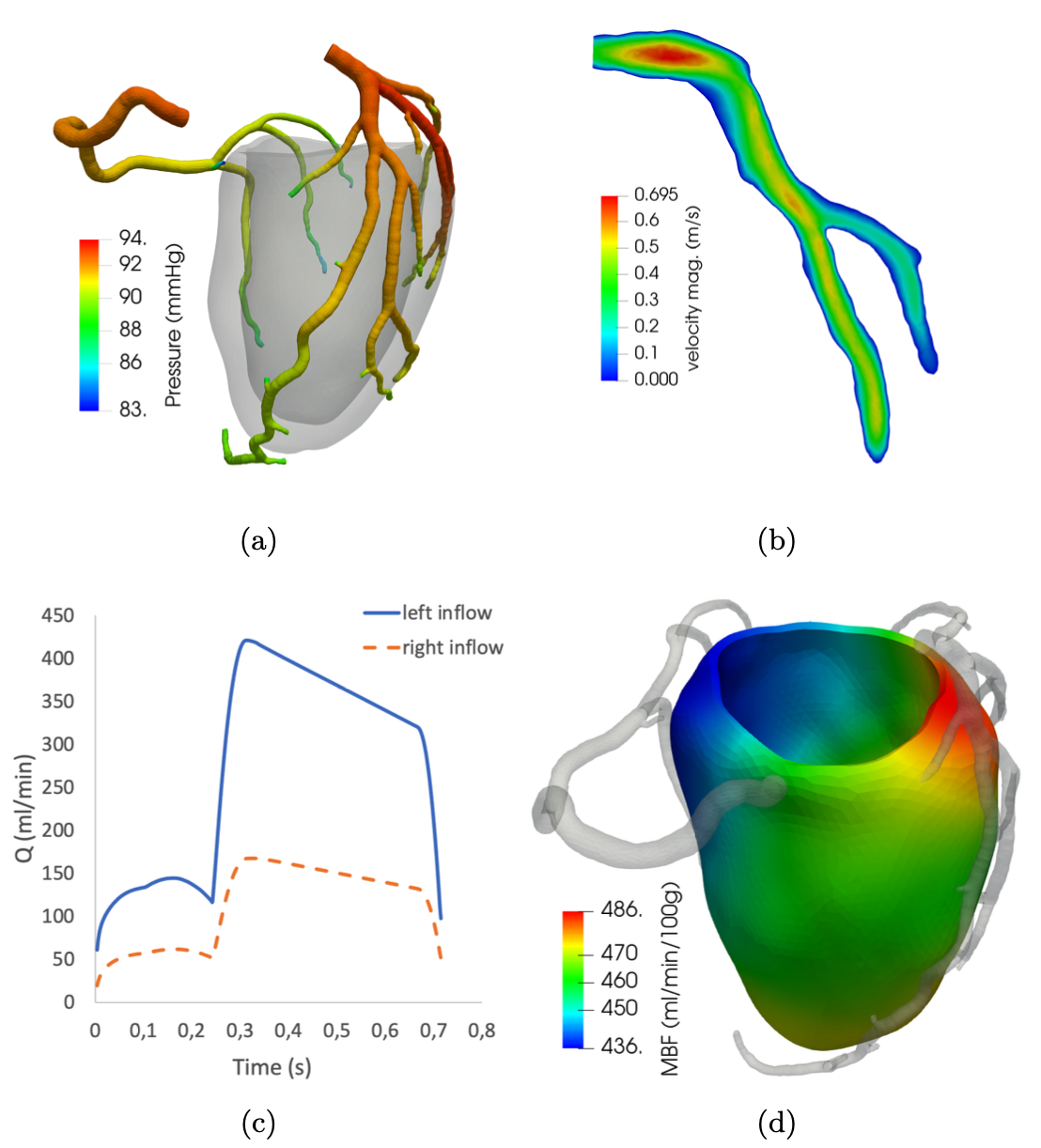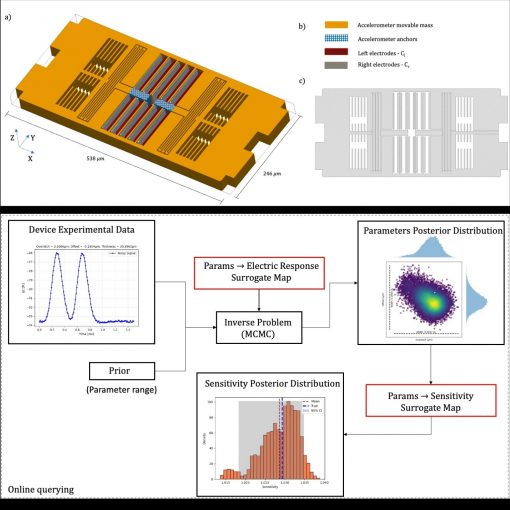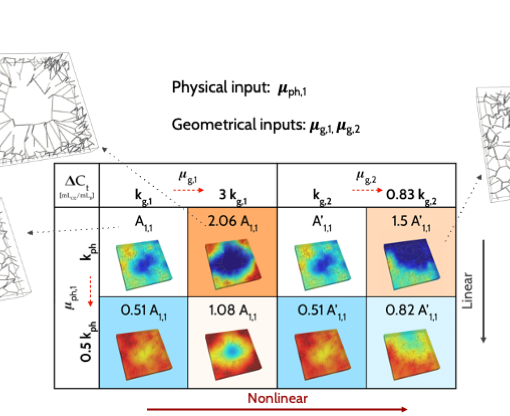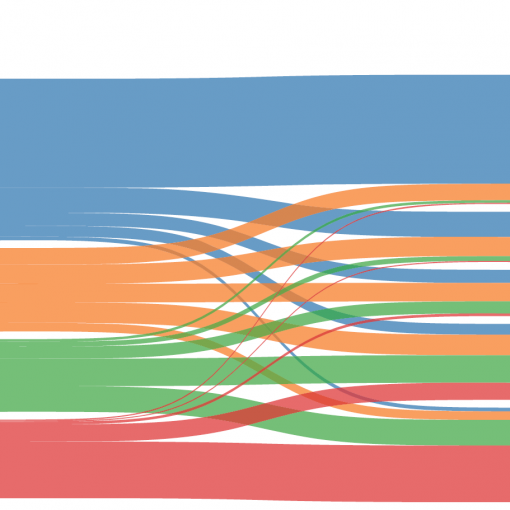A new MOX Report entitled “Personalized pressure conditions and calibration for a predictive computational model of coronary and myocardial blood flow” by Montino Pelagi, G.; Baggiano, A.; Regazzoni, F.; Fusini, L.; Alì, M.; Pontone, G.; Valbusa, G.; Vergara, C. has appeared in the MOX Report Collection.
Check it out here: https://www.mate.polimi.it/biblioteca/add/qmox/58-2023.pdf
Abstract: Purpose: predictive modeling of hyperemic coronary and myocardial blood flow (MBF) greatly support diagnosis and prognostic stratification of patients suffering from coronary artery disease (CAD). In this work, we propose a novel strategy, using only readily available clinical data, to build personalized inlet conditions for coronary and MBF models and to achieve an effective calibration for their predictive application to real clinical cases. Methods: experimental data are used to build personalized pressure waveforms at the aortic root, representative of the hyperemic state and adapted to surrogate the systolic contraction, to be used in computational fluid-dynamics analyses. Model calibration to simulate hyperemic flow is performed in a “blinded” way, not requiring any additional exam. Coronary and myocardial flow simulations are performed in eight patients with different clinical conditions to predict FFR and MBF. Results: realistic pre! ssure wav eform are recovered for all the patients. Consistent pressure distribution, blood velocities in the large arteries, and distribution of MBF in the healthy myocardium are obtained. FFR results show great accuracy with a per-vessel sensitivity and specificity of 100% according to clinical threshold values. Mean MBF shows good agreement with values from stress-CTP, with lower values in patients with diagnosed perfusion defects. Conclusion: the proposed methodology allows us to quantitatively predict FFR and MBF, by the exclusive use of standard measures easily obtainable in a clinical context. This represents a fundamental step to avoid catheter-based exams and stress tests in CAD diagnosis.





